Heritage buildings in Kolkata are being illuminated to breathe new life into the city – GetBengal story
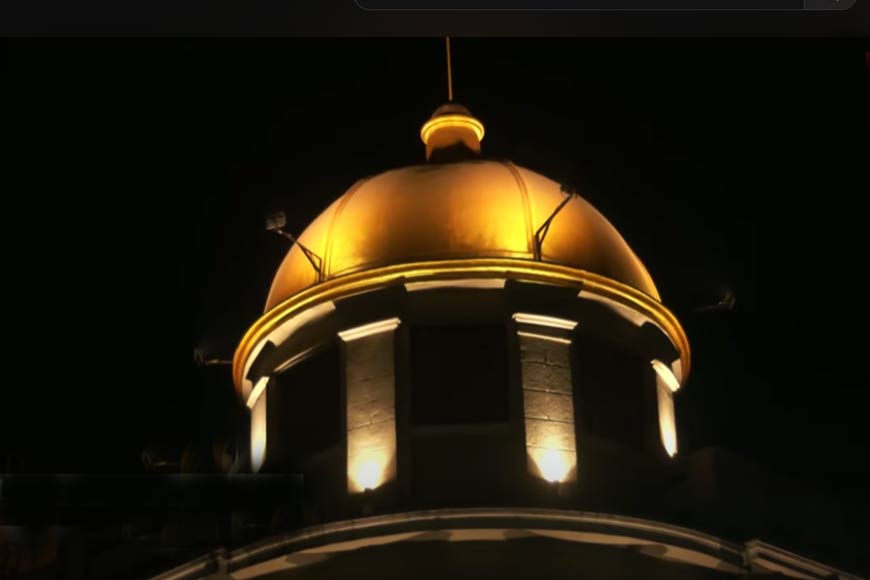
These days, Kolkata dazzles at night. Heritage buildings, which lay dark and abandoned, have been lit up, breathing new life into the city. The Calcutta Illumination Project (CIP), the organization spearheading this initiative, is responsible for reviving buildings like the Grand Dames of Kolkata. Once dilapidated, the building is now restored and illuminated. Their mission is to revive the old heritage buildings in Kolkata.
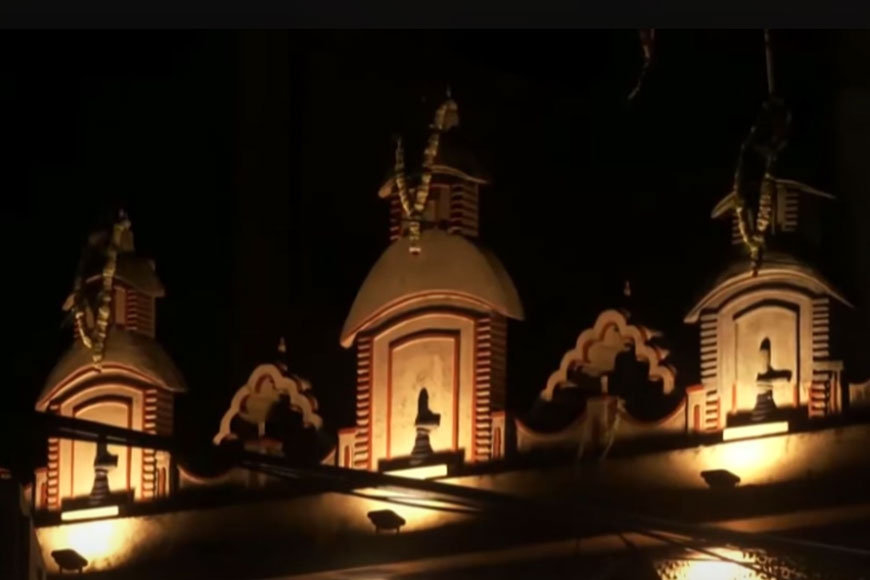
The Calcutta Illumination Project was created by Mr. Mudar Patherya in collaboration with others who joined in later on. One such among them is Tushar Bhala, the principal lighting head for both Hind Lighting and the Calcutta Illumination Project. Tushar Bhala’s family established Hind Lighting in 1957, which has been serving Kolkata ever since. Upon returning to India after studying abroad in Singapore, he started working at Hind Lighting and took over the family business. However, he was not happy with the kind of work he was getting in Bengal. He discussed his dissatisfaction with Mr. Mudar Patherya, who said, “If you are backed into a corner, make sure you leave it a good corner.” Patherya thus motivated Bhala to work on projects tailored to his interests, and he collaborated with Patherya on the Illumination Project.
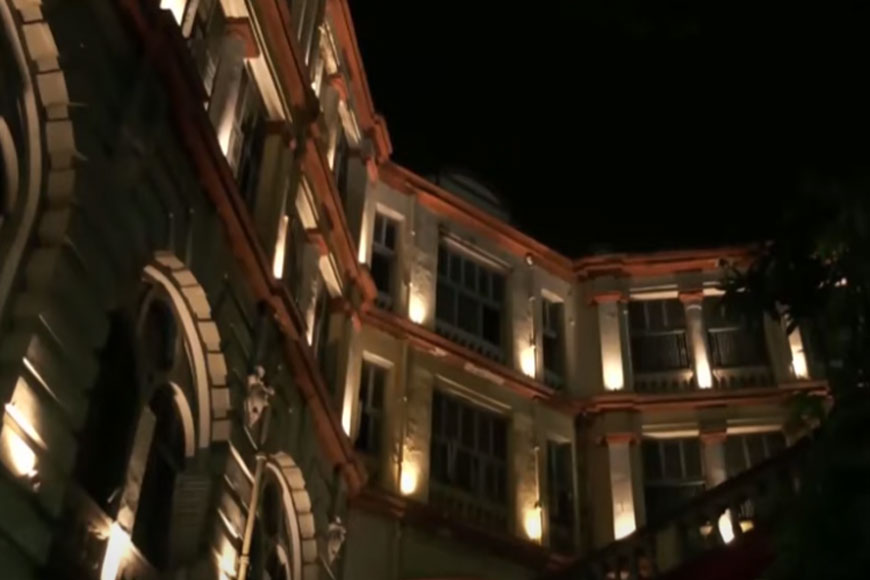
They were also inspired by the light festivals in foreign countries, like the Amsterdam Lighting Festival and the light festival in Singapore, which boost nighttime tourism.
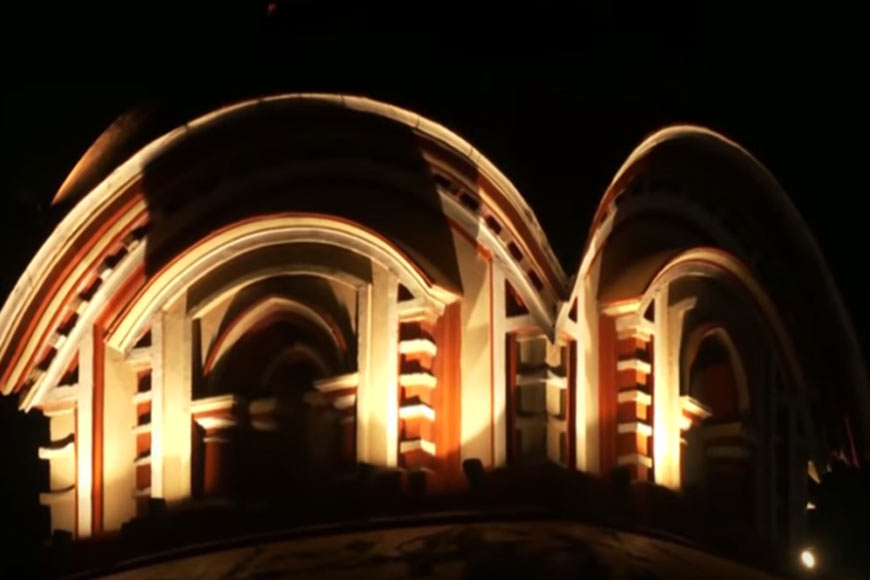
The initial purpose of the Calcutta Illumination Project was to illuminate 500 heritage buildings within five years, and so far, they have managed to illuminate 50 buildings. When asked about the purpose of CIP, Bhala said, “Our aim is to improve and develop Kolkata. The old heritage is gradually fading away, and people are slowly forgetting this city’s rich culture. The project aims at restoring the old heritage buildings and boosting a sense of community among the people, who are happy to see the old, crumbling buildings coming alive again with the play of lights. The short-term goal of the Calcutta Illumination Project is to enliven the nightlife of the city. “The long-term goal is to develop these areas and neighborhoods of Bengal where people can get in touch with their heritage, not just during the day but explore the true ethos of the city through night walks. They will thus develop a sense of community development and can even invest in its further progress,” Bhala explained to GB.
With the improvement of heritage buildings and renovations in their interiors, they can be turned into hubs of thriving nighttime tourism. Take, for example, the lighting of the Royal Insurance Building. Founded in 1845, this grand structure on Dalhousie Square revealed a marvel of architecture after it was lit up, and many people came forward to help in its renovation. If it had not been illuminated, perhaps no one would have paid any attention to it.
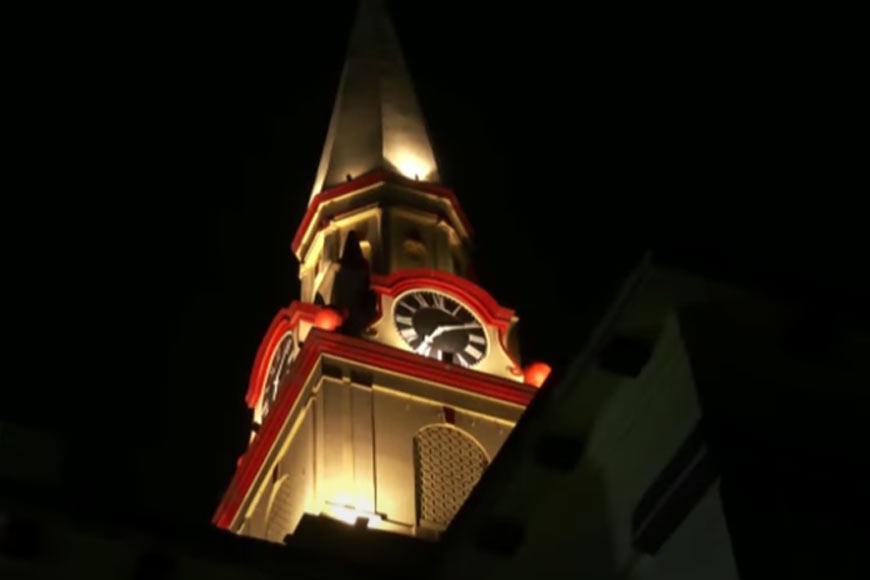
When asked how the process of illumination is carried out, Bhala explained: “It is a long and cumbersome process. The first step is to decide which building needs lighting, and once decided, the next step is to get permission from the right authorities. If the building is owned by the government, then the permission of the government is required to illuminate the building, and if a building is under the Kolkata Municipal Corporation, then permission needs to be acquired from them. The entire project is backed by a society called Calcutta Restorers, which funds them heavily. Alongside this fund, CIP charges only a nominal fee for illuminating these buildings.
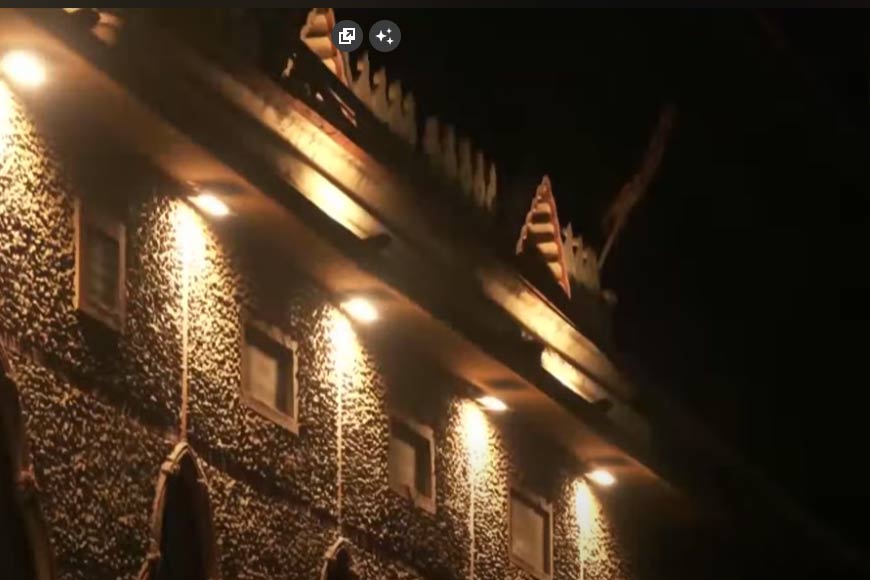
After the approval is received from the appropriate authorities, Bhala and his team of four to five designers travel to the site and scan the building. Once the site is thoroughly checked and examined, they start with the designs and placements of lights customized to the unique structure of that building. The designs are also sent for approval from stakeholders, funders, and other authorities, and once they have been approved, the lights are installed. “If a design requires a light to be put up at 45 feet, our boys actually climb to that height to install that light.”
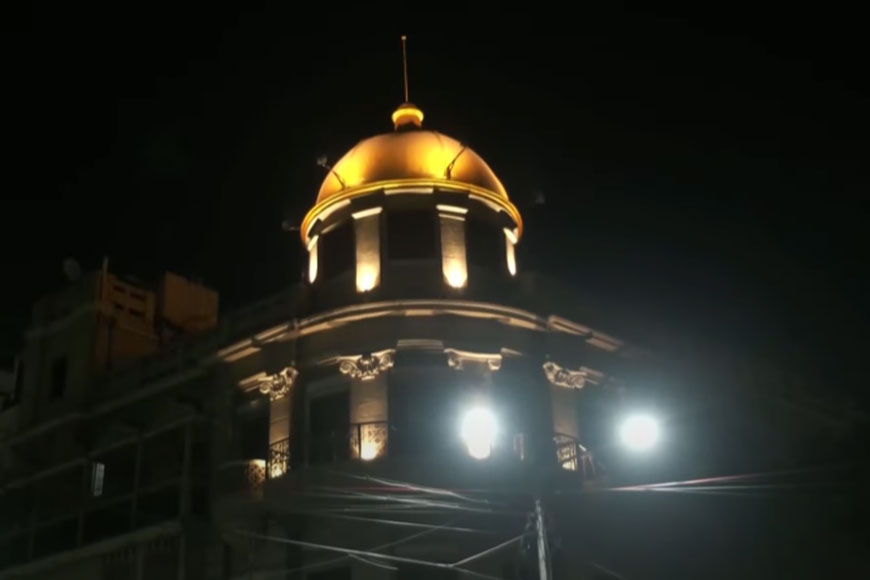
When asked about the process of selecting the heritage buildings to illuminate, he answered that it was not the building that mattered but the story attached to it. “Every building (that has been lit up so far) has a story,” he said. For him and his team, the piece of history attached to the building and its various myths and legends hold significance, which helps them choose heritage buildings to illuminate accordingly. “If a story is compelling enough to be told to the world, we shall tell that story, and the lighting will further take the story to the rest of the world.”










